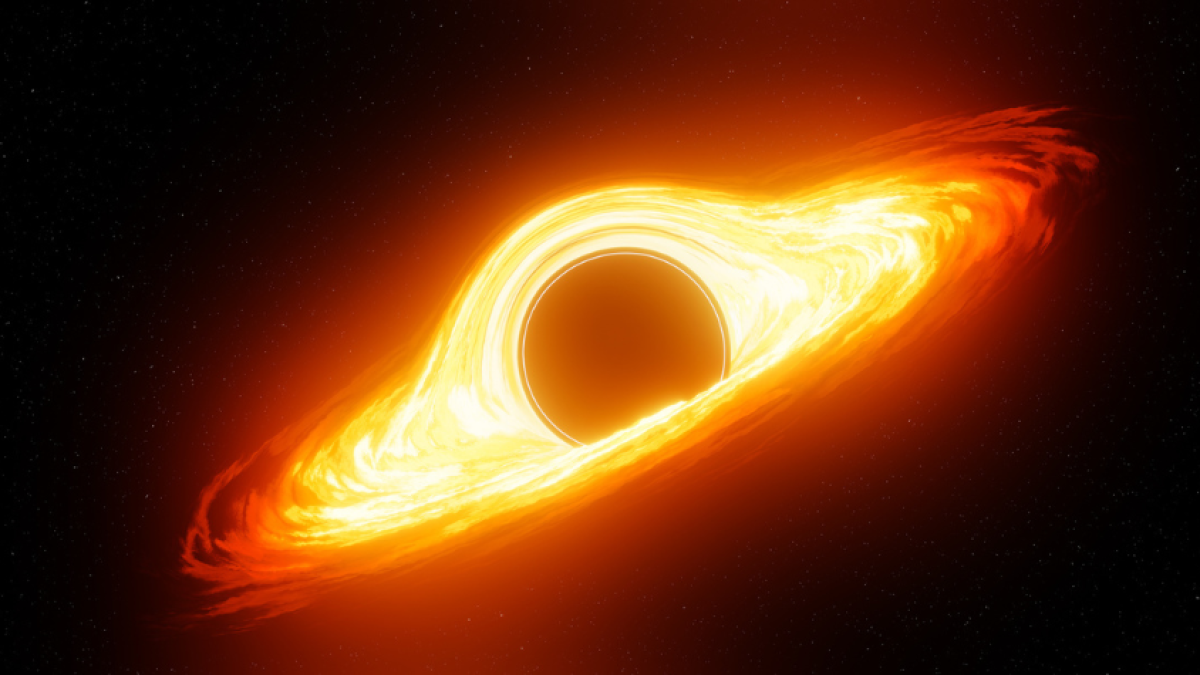Observing something that happened a long time ago is difficult, and even more so if we are talking about dark matter, which does not emit light. Now, a scientific team has been able to detect its spread around galaxies 12 billion years ago, that is, only 1.7 billion years after the beginning of the universe.
It’s about looking at dark matter at the furthest point in time. The results of the work were published in Physical Review Letters and led by Nagoya University (Japan).
In a university note, the authors say the findings offer the “promising possibility” that the basic rules of cosmology differ when examining the early history of the universe.
Dark matter, whose existence was formulated more than half a century ago, does not emit light but exerts gravity on ordinary matter – the planets, objects or stars we see shining.
This gravity can distort or bend light from distant background galaxies, a phenomenon called gravitational lensing. This effect is more severe the more massive a galaxy or galaxy cluster that bends light.
Scientists can measure the amount of dark matter around the galaxy from this distortion. Because dark matter, like conventional matter, deflects the path of light, an estimate can be made of how much mass (and thus how much dark matter) causes the distortion.
However, this has limitations, because galaxies in the deepest parts of the universe are incredibly faint and it takes a lot to detect the signal and measure this distortion.
This means that dark matter could only be analyzed no more than 8,000 to 10,000 million years ago, according to Nagoya University.
To get around this and observe dark matter from the edge of the universe, the team led by Hironao Miyatake of the aforementioned university, in collaboration with the University of Tokyo, the National Astronomical Observatory of Japan and Princeton University, used a different source of backlight, microwave ovens fired by the Big Bang itself.
This is the microwave background radiation (CMB), which corresponds to the first light emitted by the universe, when it was only 380 thousand years old, and which remains as if it were fossilized.
“Most researchers use source galaxies to measure the distribution of dark matter from the present to eight billion years ago,” says Yuichi Harikan of the University of Tokyo.
However, he says, “We were able to look further into the past because we used the maximum CMB radiation to measure dark matter. For the first time, we’ve measured it almost from the very first moments of the universe.”
“I am glad we opened a new window back then,” says Miyatake, adding, “Things were very different 12 billion years ago. You see more galaxies forming than today; stars are starting to form as well.” from galaxies.
The latter contains between 100 and 1,000 galaxies bound together by gravity with large amounts of dark matter.
“This result provides a very consistent picture of galaxies and their evolution, as well as the dark matter in and around galaxies, and how this picture evolves over time,” says Nita Bahkal, a scientist at Princeton University.
According to the authors, one of the most interesting findings has to do with the distribution of dark matter. The results of this study do not agree with the most accepted cosmological models.
“Our findings are still uncertain, but if correct, they suggest that the entire model is flawed when you go back in time,” concludes Miyataki.
Efe source





